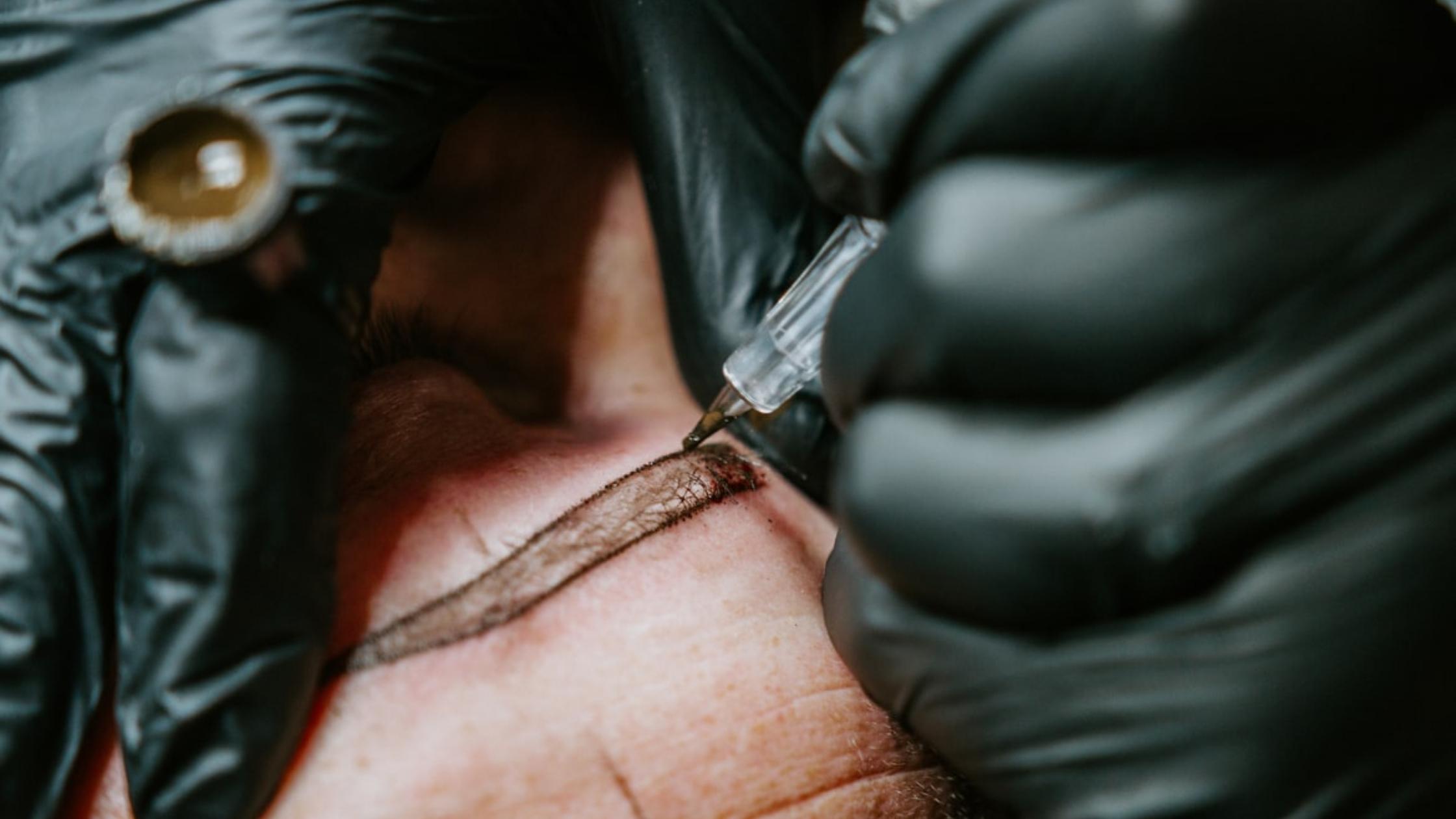The mini tummy tuck is a minimally invasive procedure than a full tummy tuck, also called an abdominoplasty. Mini tummy tucks are performed on the stomach area beneath the belly button. They are helpful for patients within their acceptable weight range but have excess skin or fat, colloquially referred to as a puppy, that is difficult to lose with diet and exercise alone.
How Is A Mini-Tummy Tuck Performed?
A tiny tummy tuck helps to flatten the lower abdomen and can assist in eradicating the pooch that frequently forms in the lower belly.
Sutures may be used to join the muscles in your lower abdomen during the surgery, but this is not apparent from the outside. Skin that is not required will be cut and placed flat. Liposuction may be used in some instances to remove extra fat.
A slight stomach tuck may also be used to eliminate some stretch marks. Stretch marks can be erased or not, depending on their location on your surgery and the amount of excess skin you have.
Steps For A Mini Tummy Tuck
The Mini Tummy Tuck procedure is done the same way as the traditional tummy tuck but with the variation of the depth of the incision, surgery location, and impact. It’s going to be about 4 to 8 inches long.
C-section scars can vary in length. They may use the same incision for a mini tummy tuck even though it may be longer.
The surgeon may tighten loose muscles and remove any excess skin, which will make the lower stomach look more flat. But it differs from the traditional tummy tuck in many ways. Let us look over the difference.
Difference Between Traditional Tummy Tuck and Mini Tummy Tuck?
There are significant differences between Minni Tummy Tuck and Conventional Tummy Tuck.
Full tummy tucks need to remove a lot of skin, fat, and tissue from the lower abdomen. Doctors will also fix any damaged abdominal muscles and carefully pull down the upper abdominal skin to cover the area. Patients will see a massive difference in how their abdomen looks, with a slimmer contour and tighter skin. This incision will be very low on the stomach. Most of the time, patients will be able to hide their scars with underwear or even a bikini bottom.
Mini Tummy Tuck has an incision the same length as a full tummy tuck, but it’s usually between six and 12 inches shorter. This surgery will make the area below the belly button smaller and make the skin tighter, looking better. It can’t help the upper abdominal area or the muscles working together.
Are You Eligible For A Mini Tummy Tuck?
Candidates for a mini tummy tuck are usually slim people close to or at their ideal weight. They have a small flap of extra skin in the lower or middle abdomen.
If you’re thinking about getting a mini tummy tuck surgery, it’s essential that you’re in good health and don’t smoke, which can significantly reduce the risk of complications during recovery.
The best person for a full tummy tuck is someone who has a lot of extra fat that won’t go away with diet and exercise alone. Some of them may also look to have muscle laxity.
Does Mini Tummy Tuck Leave Scars?
You may get scars due to the procedure, be it a traditional full tummy tuck or a mini tummy tuck. It might look like a typical c-section scar that might be visible at the lower end of your abdomen. So, the scarring area can be hidden either with an underwear line or other undergarments.
Post-care Procedures Of A Mini Tummy Tuck
A person’s age, activity level, and general health all play a role in how long it takes to recover from surgery. If someone has mini tummy tuck surgery on their body, you can become in shape within two weeks. Men and women who don’t exercise and aren’t in good condition will need more time to heal.
Light abdominal exercises, like controlled crunches, help speed up recovery, reduce pain and stiffness and help better hide the scar from a mini tummy tuck. Walking, which has been known for a long time to be the best thing to do after surgery, is an excellent way to stay healthy and avoid blood clots.
It’s best to stay away from strenuous exercise for at least six weeks after having any surgery, whether it’s invasive or not. This includes things like running and jumping.









